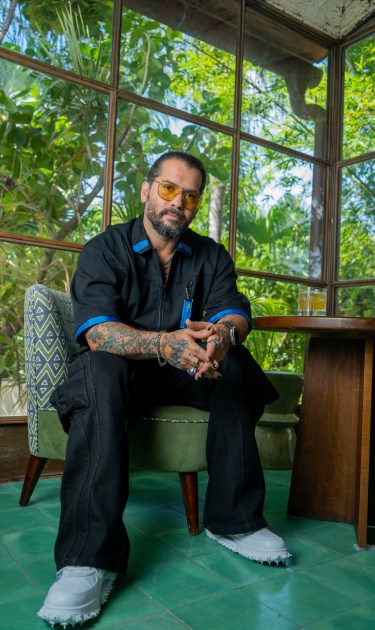Amidst the unrelenting humidity of Miami, the camera’s shutter clicked its final acknowledgment of our photo shoot with director Ángel Manuel Soto. We’re now seeking air-conditioned refuge under a greenhouse-inspired structure, verdant plants embracing us from every corner. Giant antique-framed windows punctuate the space, and at this moment, I’m struck by an evocative déjà vu. It’s as if the echoes of the Kord Estate, a setting in the Blue Beetle film, sit in the same ambiance that bears the marks of both antique and imagination. There’s a sense of harmony between the old and the new, a concept that Soto embraced wholeheartedly as he translated a character’s storied history onto the big screen nearly a century after its inception.
Blue Beetle, a character tracing its origins back to 1939 within the comic book realm, has taken on diverse forms across its narrative evolution. From various backgrounds emerged three distinct renditions, the latest being Jamie Reyes—the character Soto took under his wing for the live-action film. Yet, even within Reyes’ portrayal as Blue Beetle, an array of storylines from the vast narrative universe awaited exploration, posing an intriguing challenge for Soto — choosing a singular path from the multitude laid out before him.
“There are so many versions; some people are fans of one more than the other. We took the greatest hits or what we liked most from each story to form it,” Soto told Remezcla. “For me, there’s something special in bringing together all the different fans of Blue Beetle into a character that embraces the qualities we like the most from the different versions we’ve seen. It was our way of putting our spin on Jaime Reyes.”
This pivotal decision, culminating in creative understanding, speaks volumes about Soto’s trajectory as a director. However, such accomplishments trace back to humble beginnings — a journey that began with sneaking onto the sets of music videos in Puerto Rico, which set the way from Santurce to Hollywood.

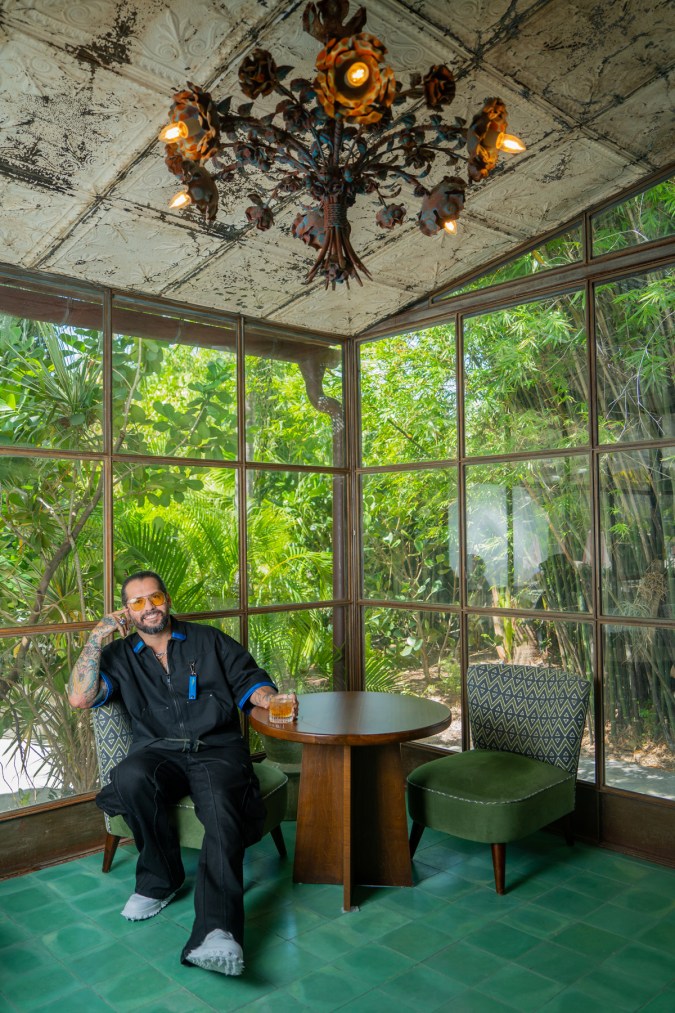
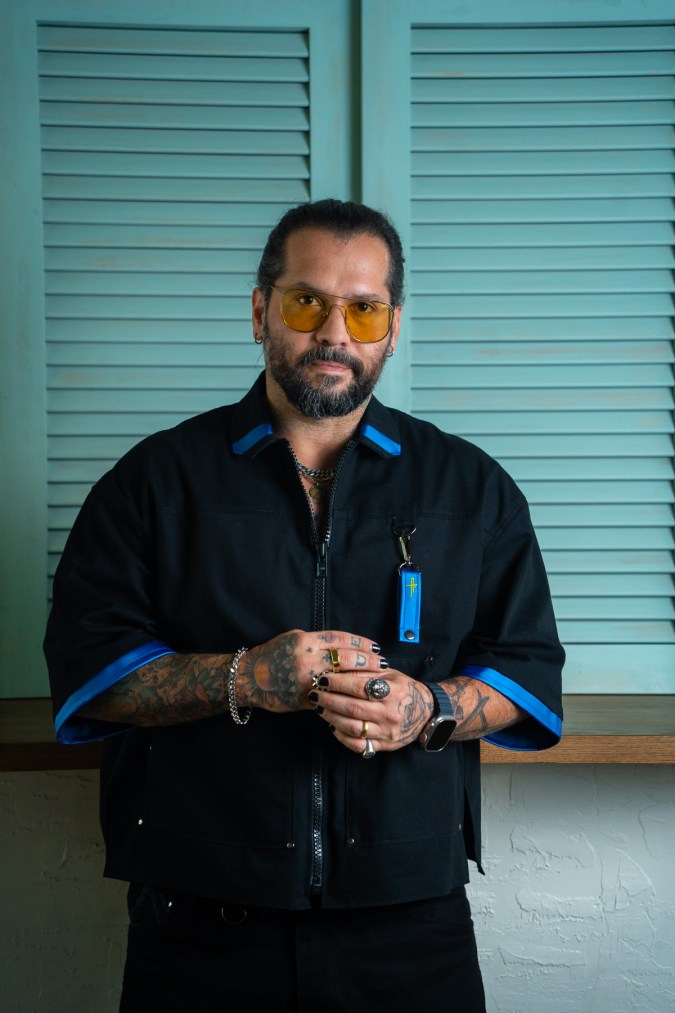
Soto tells me that even before the music videos, he remembers watching Indiana Jones for the first time. “That’s when my curiosity sparked for how movies are made and what happens behind the scenes,” he shared. “From then on, it was a hyperfocus on that world.” This spark motivated him to make VHS movies for class in high school, further solidifying his interest. In college, working between classes, he was drawn by the music video sets he passed on the streets of Puerto Rico — when reggaeton artists were shaping some of the island’s biggest hits.
Sneaking onto those sets, he was caught by a producer who noticed him lurking around and told him, “Look, you can stay, but you have to pick up water bottles or something.” He accepted the offer and built rapport while cleaning up the sets, eventually leading to another job at WAPA-TV in Puerto Rico as a production assistant.
Soto’s early experiences on smaller sets taught him the art of making the most out of limited resources. He attests that even with much bigger budgets, he knows how to make the most of them due to his early work, making him the director he is today. “When you don’t have a lot of budget to work with, you have to narrow it down to what truly matters: The characters, the emotions, and telling a story from beginning to middle to end,” he asserted. “When you work on such a small scale, you force yourself to make the most of everything you have. That idea of making the best out of a bad situation is still a mantra [I live by], even when I have a film this big.”

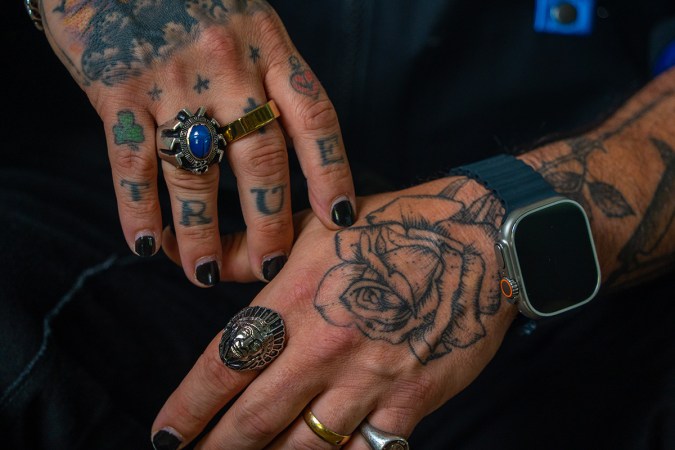
This distinct way of thinking has made Soto a thoughtful visionary in his field. In an industry that pressures creatives to churn out projects, risking “losing momentum,” Soto has maintained a tight portfolio, including La Granja, Charm City Kings, & Menudo: Forever Young. While one might assume a call from a mega-studio like Warner Bros. for a pioneering Latino-led DC superhero movie would result in an immediate yes from the Latino director, Soto exercised caution.
Upon receiving the call for Blue Beetle, Soto was determined to ensure this project would be handled correctly. This included making certain that the characters, including the villains, would break free from stereotypes and receive comprehensive storytelling (as we saw with the portrayal of Carapax in the film.). “Given Hollywood’s notorious track record in how they’ve represented Latinos for so many years, I wanted to make sure that the way the story was portrayed felt authentic,” he said. “Whenever they introduce Latinos, they introduce them in the middle of the paragraph. Like he’s a gangster, he belongs to a gang, he’s a narco, he’s this, he’s that. They never tell you the story of why these things happen, they never tell you why we arrived.”
Soto also wanted to ensure that the person who wrote the film “was Latino,” and that’s precisely what he was getting in the film’s writer, Gareth Dunnet Alcocer, a Mexican writer from Querétaro. With that, he also needed to know that this project would remain true to their vision and that there wouldn’t be puppets at play — a condition the studios accepted. “I felt a sense of relief that we finally had enough freedom to be ourselves and not to tell a story that fits the version of Latinidad they accept, not ours,” he stressed. “We had the freedom to tell our story, to criticize the things we want to criticize, and to uplift the things we want to uplift.”

The film underscores his point effectively. While cultural references are present, the focus is more on the characters and their narratives than on cultural stereotypes and contrived portrayals that frequently saturate Hollywood. Throughout the film, nuanced hints of criticism might not be immediately obvious but become apparent and impactful to those who can perceive the subtleties, as seen in storyline of gentrification.
In an era where our communities yearn for authentic representation, Soto’s prerequisites are indispensable.
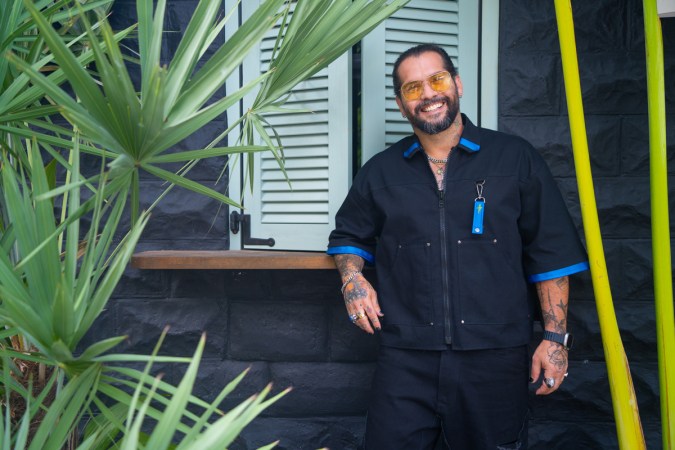
With Blue Beetle now officially under his belt, more eyes dawn upon Soto and his future endeavors. Already, he’s generating buzz for an upcoming project: A “buddy action movie” featuring renowned actors Jason Momoa (Aquaman) and Dave Bautista (Guardians of the Galaxy Vol. 3), with Soto at the helm. This project — having a Latino director behind a non-Latine film — stands as a significant achievement, countering an industry that tends to pigeonhole or confine us to limited roles.
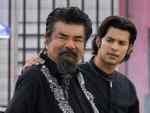
It’s opportunities like this that align with the industry transformation that Soto envisions. As he emphasizes in our discussion, projects like Blue Beetle serve as stepping stones to a larger mission. “We can’t tell the entire Latin American experience in one movie. It’s impossible. We can at least create a connection and introduce some characters that open the door so we can keep exploring more Latin American experiences from other directors, writers, and actors from different parts of the Latin American world,” he said. “If this movie is successful, it shows that we have box office power and that people want to hear our stories.”
“We can’t tell the entire Latin American experience in one movie.”
The power is evident. For its release weekend, Blue Beetle made headlines for dethroning Barbie from its longstanding No. 1 position, a remarkable achievement considering the film’s release amidst the SAG-AFTRA strike in which cast members could not promote the release during this period, compounded by the frenzy surrounding Barbie.
Nonetheless, the true impact of the film extends beyond numerical figures with its deep significance for our communities — and Soto plays a pivotal role in making this impact a reality no matter what challenge he confronts. As he contemplated, “[I want it] that doors open. I want to help in whatever way I can so that Latinos can tell their stories, that it’s us telling our own stories and not someone else for us.”

